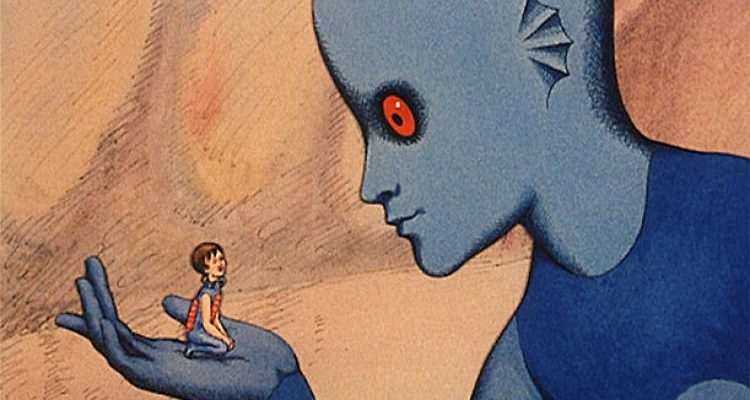In Edward Bulwer-Lytton’s The Coming Race (1871), the other found in the history are the Vril-ya, they resemble human form but are different, somewhat superior. The Vril-ya have abilities, such as telepathy and the power of transmit information and manipulate responses. The power to do the good and the bad are at play here. I see in this narrative many aspects of evolution and power over the less developed, or the sub-human categories.
It seems a law of nature that animals not useful to man gradually recede from the domains he occupies, or even become extinct. It is an old custom of the various sovereign states amidst which the race of the Vril-ya are distributed, to leave between each state a neutral and uncultivated border-land. (Bulwer-Lytton, p.92)
I empathize this passage because the use of the term law of nature is an important expression for this narrative. Donna Haraway has written about the domination aspect of science, how it normalizes conceptions of the human and the animal through history. The other and the monstrous (or god like) aspects of the Vril-ya are derived from a Promethean view, but it functions to destabilize our conceptions of humanness. When we displace the human in the hierarchy chain we see the vulnerability of it. The presumption and fear of superiority is externalize in the other, but it is within. What can the other, the uncanny and the monstrous tell about our presumptions of the human and all the categories posed thought this idea?
Never did man feel in so false a position as I did. (Bulwer-Lytton, p.189)
In a posthuman view, the false position can be the recognition of the prosthetic nature of the human subject. To displace the human is to play with the monster, but we can’t lose sight they are layers of the same entity.
Also, this narrative reminded me of the animation La Planète Sauvage (Fantastic Planet, 1973) directed by René Laloux. The story is about humans living on a strange planet dominated by giants humanoids who consider them animals. The blue humanoids Draags keep the humans Oms as pets and thought the animation we see the allegory of racism and speciesism. Questions about language, rights and the capacity of thinking are in some way alike with the Coming Race.
Bulwer-Lytton, Edward. The Coming Race. Edinburgh and London: William Blackwood and Sons, 1871.

Leave a Reply
2 Comments on "The coming of the human"